Class Hours: 10:05 – 2:40
Mr. Cronin
Notes
- Welcome to Week 20! Let’s make out folders.
- Today we have visitors from Colchester High School. Students working with visitors from 10 – 10:30:
- Jacob
- Trevor
- Adrian
- TOMORROW we will have visitors from Colchester again. Students working with visitors TOMORROW from 10 – 10:30:
- Maxx
- Mallory
- Wednesday we will be doing our SkillsUSA Kickoff! You will be forming your own partnerships on Wednesday! Make sure you have a partner and a competition in mind (Game Design, Animation, Web Design)
10:05 Attendance
10:10 Last Looks

Online Resume
- Folder called “resume”, file called “lastNameOnlineResume.html”
DH19: Baseline Still Life
- lastNameDH_19.jpg
Week 19 Agency
- lastNameAgency_1.jpg through lastNameAgency_3.jpg
10:35 Web Design

- Week 1 review
10:50 Morning Break (10 minutes)

11:00 Critiques

Each week we will upload our work on Monday as a class. I will then present your work to the class. Every week we will pick a new student to proactive giving constructive criticism. Constructive criticism is a type of feedback that offers specific and actionable advice to help employees to improve. In the professional setting we need to be to talk professionally about the work, even if you don’t “love” the person who created it.
If selected, you will pick 1 thing that works, and 1 thing to improve upon next time. Remember we are separating the Design from the Designer. We are looking for actionable input.
11:30 DH20: Drawing a Bowl
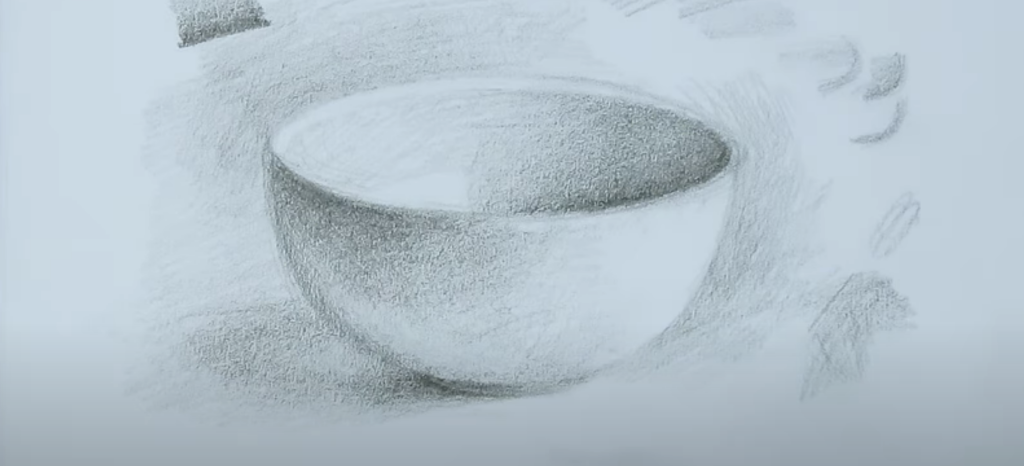
As we move into Quarter 3 we are going to be watching online tutorials that break down elements of a “classic” still life into smaller manageable learning exercises. At the end of Quarter 3 we will do some file still life work where you put the smaller components together into something for your Portfolio.
This week we are going to start with a bowl. Bowls often find themselves holding fruit or other elements. Regardless of what we are putting inside the bowl, we need to be able to sketch a realistic version that not only focuses on the shape of the bowl, but also the shading of the object in relation to the world.
Watch the following tutorial and draw the bowl that is shown. Make sure you are listening to the words – specific to tips and tricks such as when the artist talks about “light bounce”.
Remember that we have many different art supplies in the back, all different types of pencils, erasers, and paper galore. If you start this late you won’t have time to watch the resource, and the sketch won’t look like the example above. If you want the A or the B, have the sketch look like the example above!
Save your file as lastNameDH_20.jpg.
11:40 Web Design

- Introduction to Web Styles
- Inline
- Embedded
- External (best practice – the industry standard)
- CSS Cheat Sheet – there are many

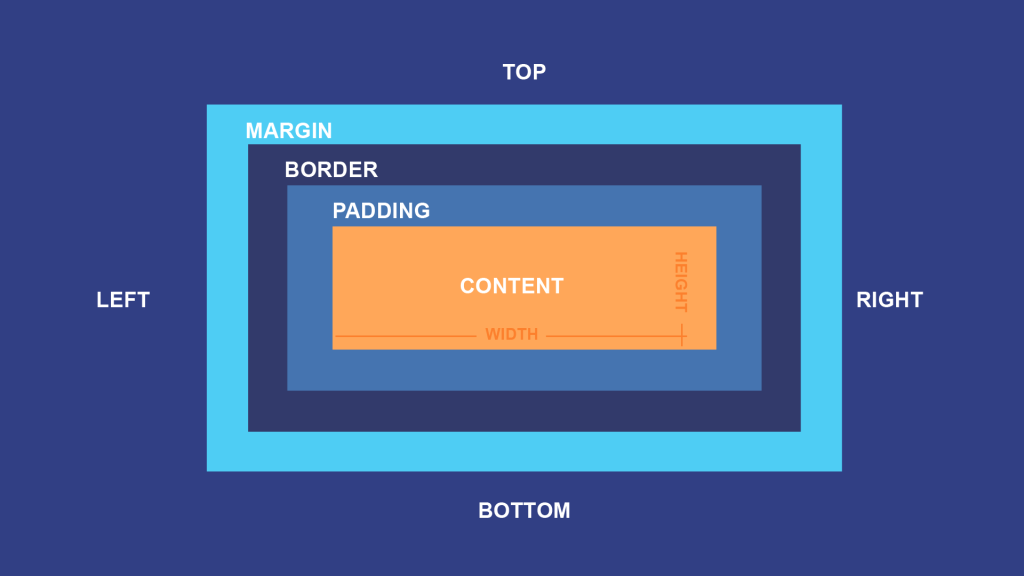
12:25 Lunch
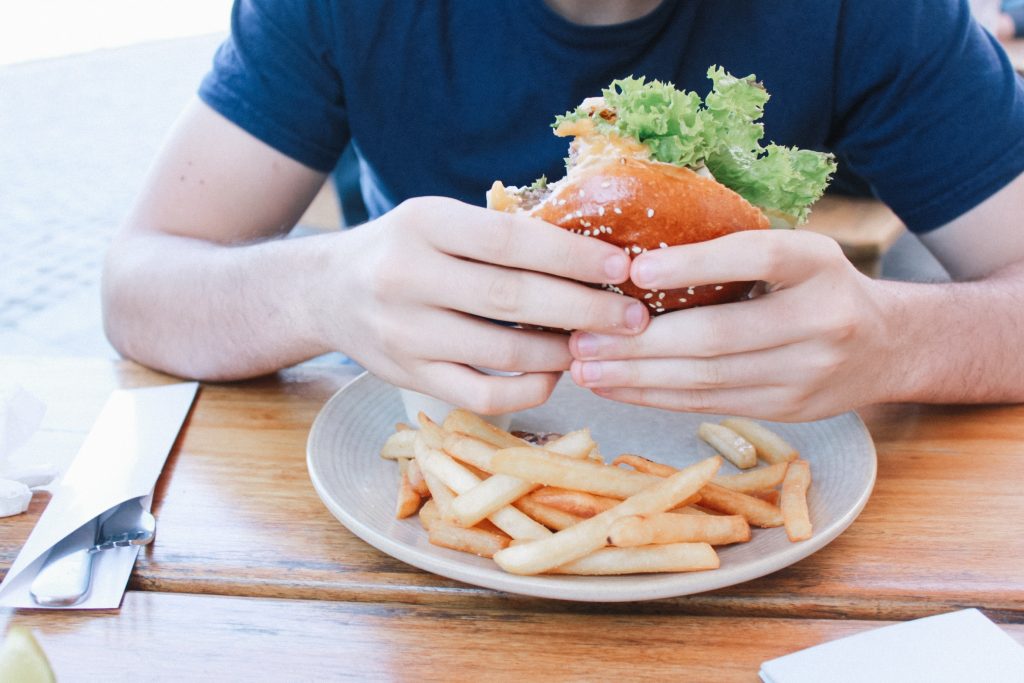
- No food in the room / eat in the Cafe.
- You are welcome to return to the room when you have finished eating and work / hang out.
12:55 Attendance and Article
1:00 Steve Jobs

Based on more than forty interviews with Steve Jobs conducted over two years–as well as interviews with more than 100 family members, friends, adversaries, competitors, and colleagues–Walter Isaacson has written a riveting story of the roller-coaster life and searingly intense personality of a creative entrepreneur
Read along with Mr. Cronin. Improve literacy, word decoding, enjoy a nice story, and unplug from the world.
1:20 Afternoon Break (10 minutes)

1:30 Speed Design
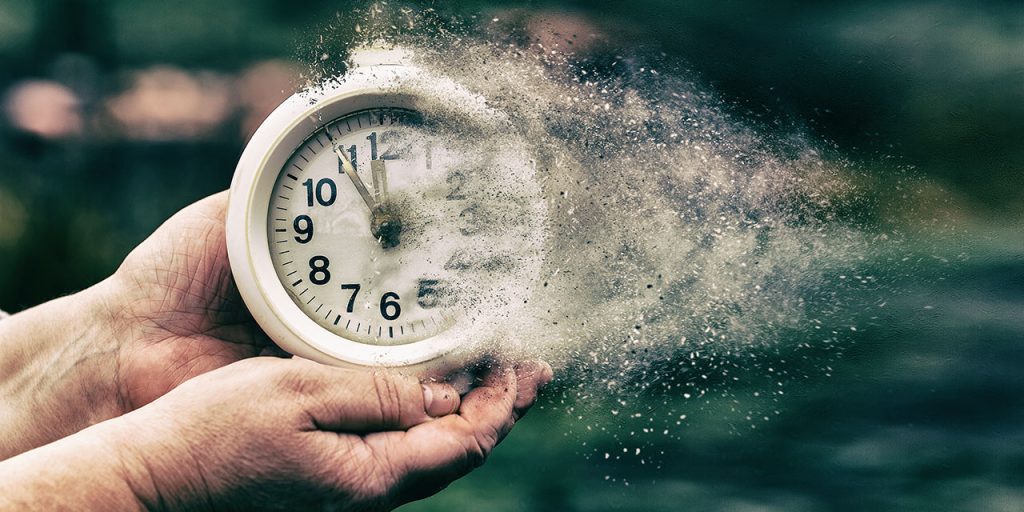
Speed Designs are 10 minute sprints in CAWD where we practice. It could be any medium – 3D, 2D, video, programming, etc.
1:45 Afternoon Practice & Production

Milestone 3
- lastNamelastNamelastNamelastNameMilestone3.mp4
DH20: Bowl
- lastNameDH_20.jpg
Week 20 Agency (optional)
- lastNameAgency_1.jpg through lastNameAgency_3.jpg
2:15 Dailies
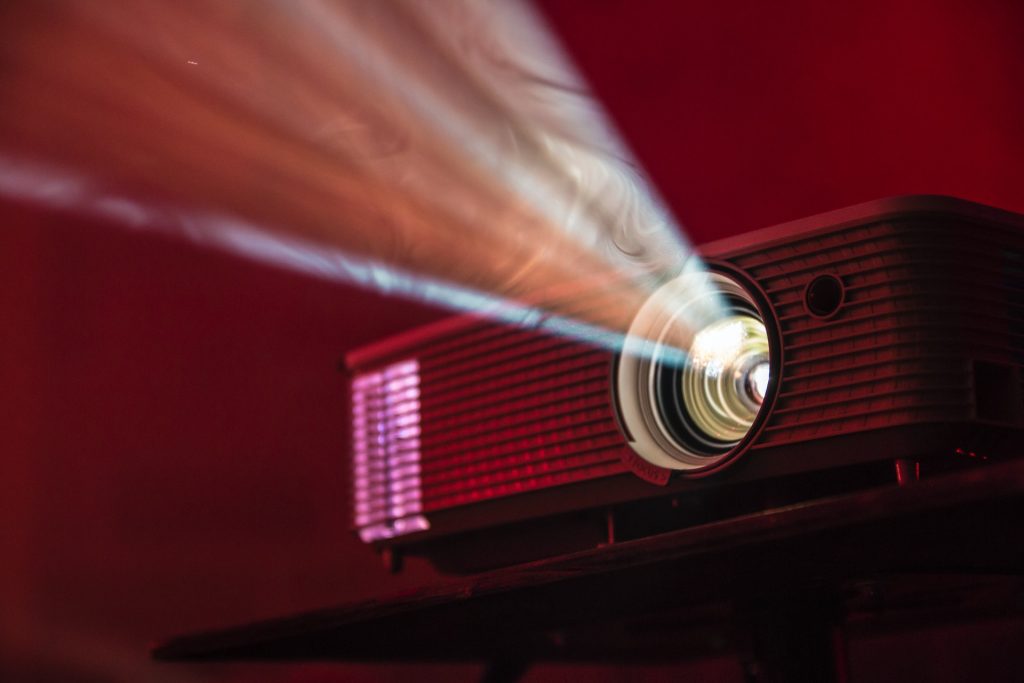
2:20 “19 Minutes”
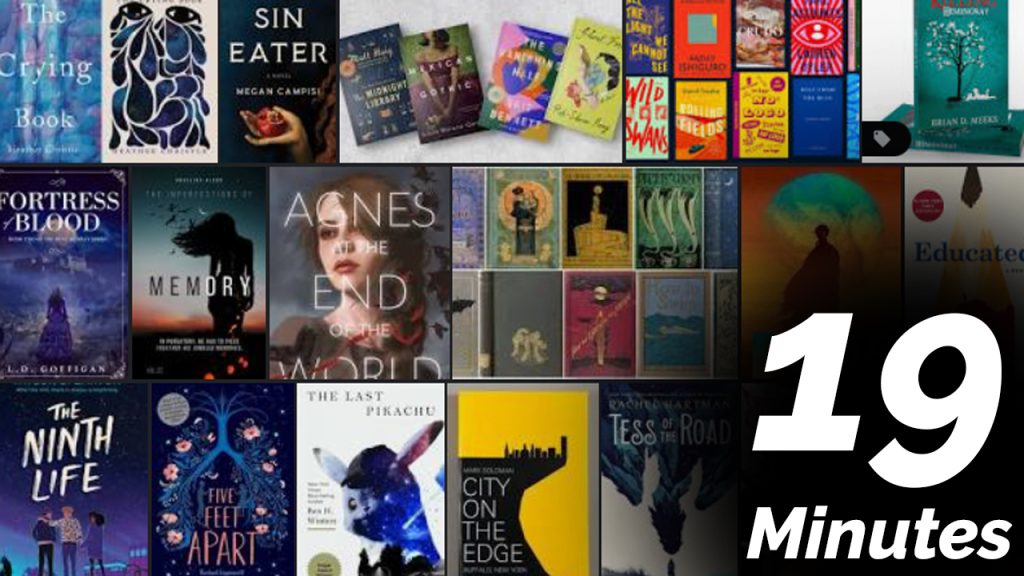
4 of 5 days per week we will end our day in CAWD with the “19 Minutes” of silent reading. Closing down our day with silent reading provides many benefits:
- Improve Literacy Skills / Reading Stamina
- Create space for a small reading meditation where we can disconnect from the world and get lost in a story
- Unplug
At 2:39 each day I will come to 3 students and ask for a 1 sentence explanation of what happened in your story over that day’s reading session. It is neat to hear little pockets of a story, here and there.
2:40 Dismissal
